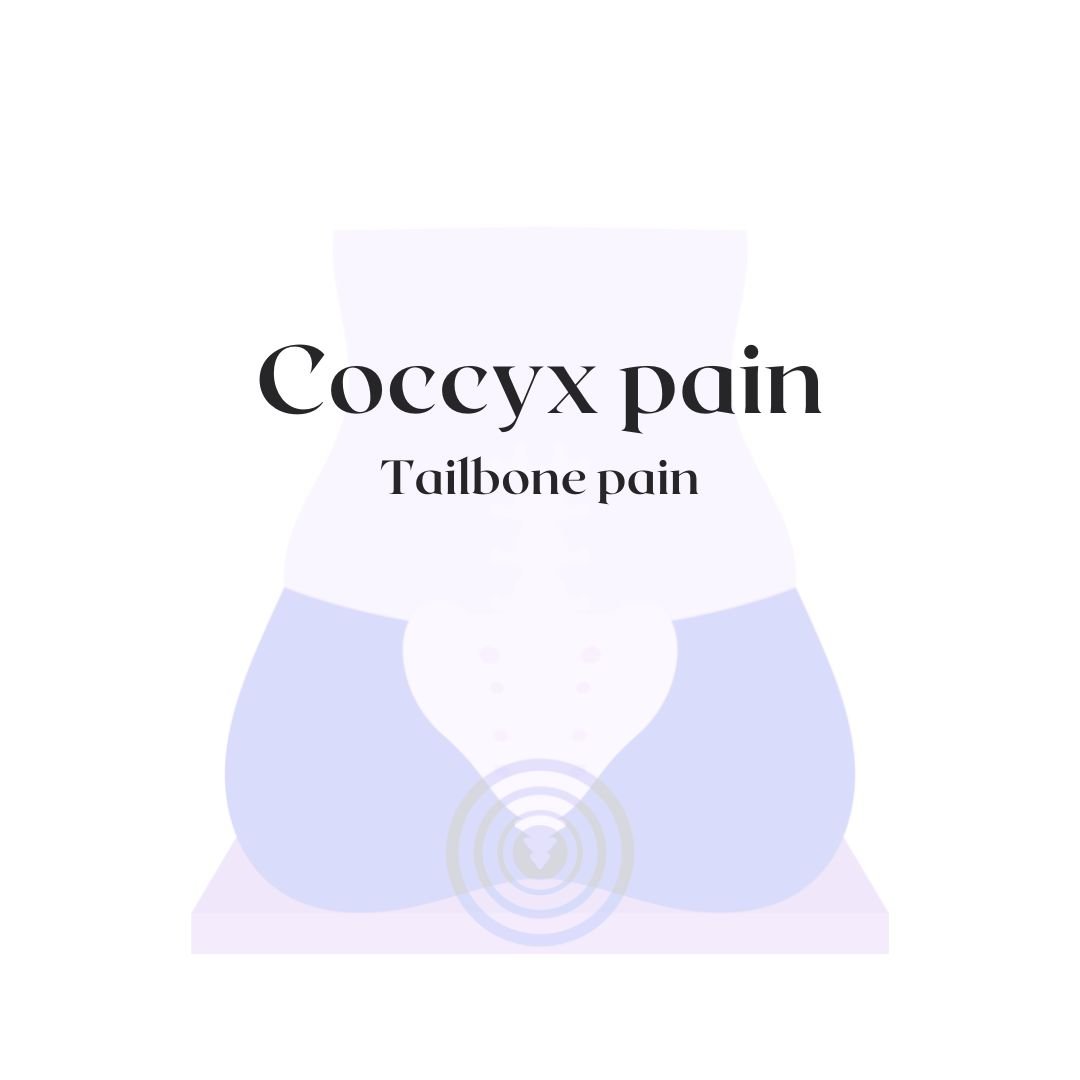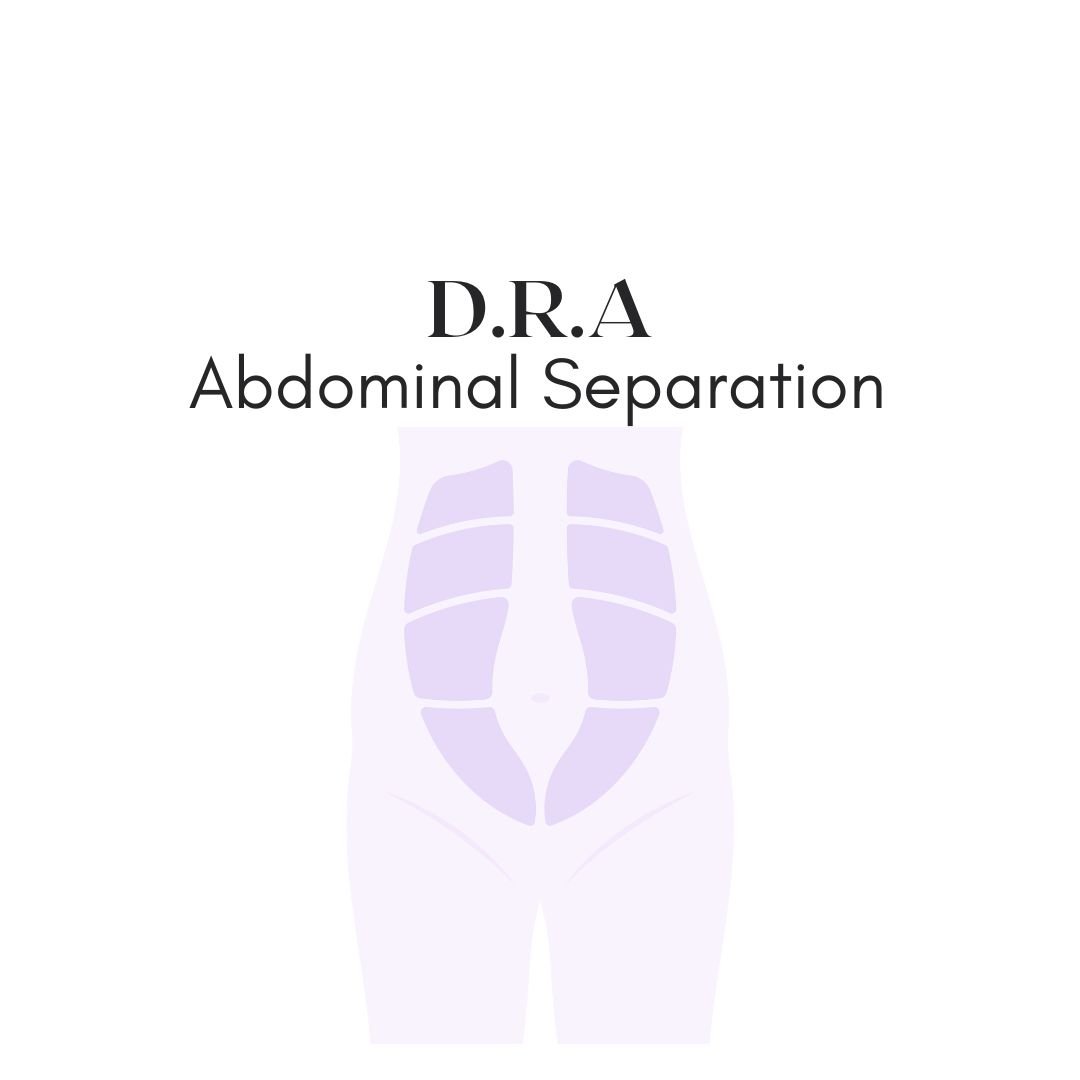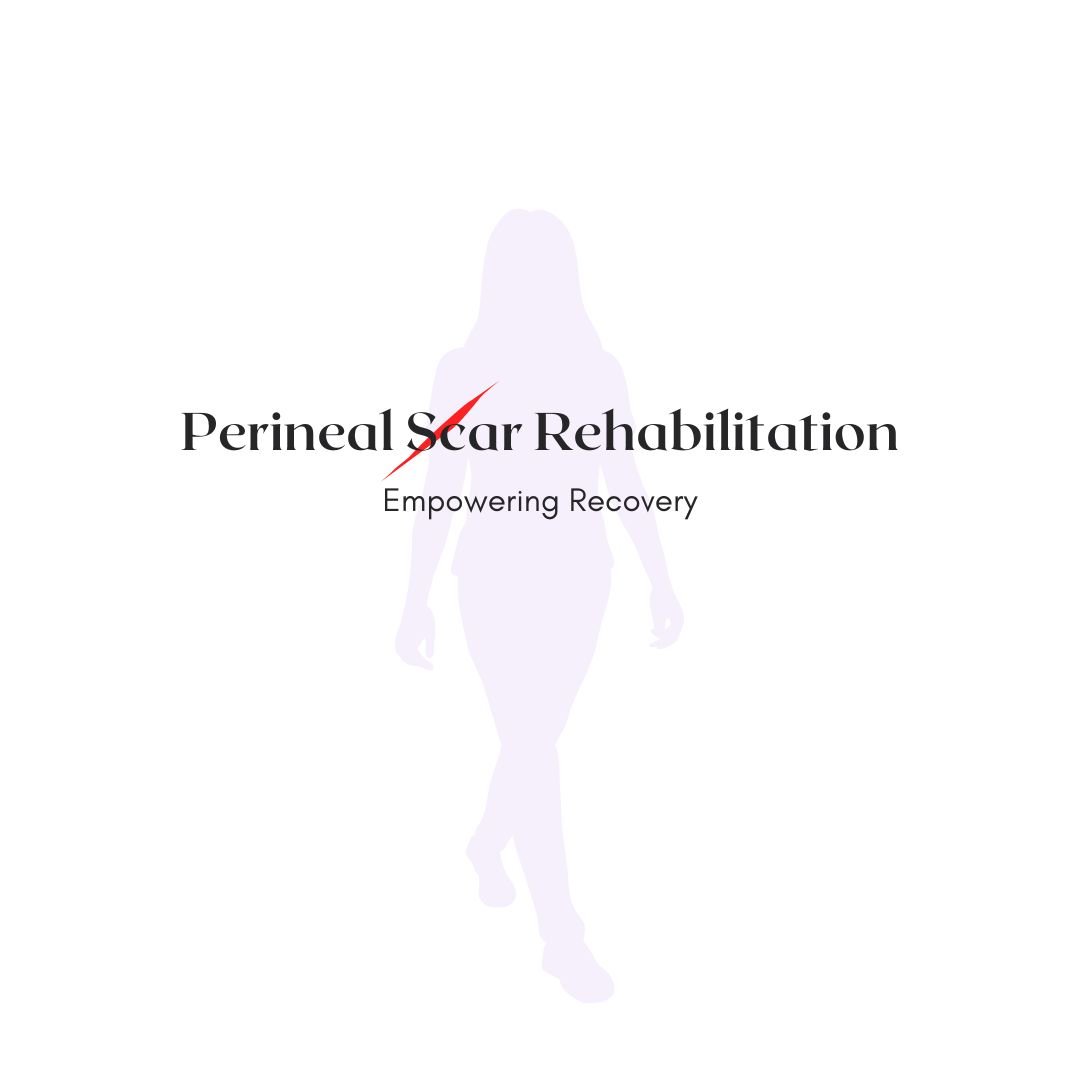Blog Topics
Pelvic Floor Health by the Numbers: Why Yearly Checkups Are a Must for Women
From painful sex and vulvodynia to vaginismus and menopause-related symptoms, pelvic floor issues affect millions—but most go undiagnosed. This blog breaks down the stats, misconceptions, and why annual checkups could change everything.
Understanding Diastasis Recti and the Role of Pelvic Floor Physiotherapy in Recovery
Diastasis Rectus Abdominus (D.R.A) commonly occurs during pregnancy but can affect anyone. Sorting through information on Diastasis Recti (D.R.A) can be a bit much. Among the various tips, courses, and exercises, it's important to know that not all advice on Diastasis Recti is the same or supported by solid research!
Understanding Pubic Symphysis Pain in Pregnancy
Pregnancy is a transformative and joyous time for many women, but it can also come with challenges and discomforts. One common issue experienced during pregnancy is Pubic Symphysis Pain, which can significantly impact a woman's daily life.
Pelvic Floor Physiotherapy for Coccyx/Tailbone Pain Relief
Coccydynia, or coccyx pain, can be a debilitating condition that results in discomfort and distress. Although there are several treatment options, pelvic floor physiotherapy stands out as the primary approach for effectively managing Coccyx pain.
Voiding Difficulties: How Pelvic Floor Physiotherapy Can Help
Navigating the complexities of voiding difficulties, from urinary retention to a weak stream, can be overwhelming. This blog explores how pelvic floor physiotherapy addresses these issues by targeting the root causes and improving bladder control through specialized exercises and therapies, offering non-invasive solutions for better well-being.
Vaginal Dryness 101
Vaginal dryness is a common condition that affects many women, causing discomfort, pain, and a range of other symptoms. While it can occur at any stage of a woman's life, it is particularly prevalent during and after menopause.
Levator Ani Syndrome
Levator Ani Syndrome involves tight and overactive pelvic floor muscles, causing issues for the pelvic organs including the rectum, bladder, urethra, uterus and the vagina. Pelvic floor physiotherapy plays a key role in treating this condition.
Vulva Cleansing: Safe Hygiene for Optimal Health
Gentle cleansing of the vulva is often sufficient with just water, but for those who prefer using products, it’s essential to choose safe, non-irritating options. This expert guide highlights why harsh ingredients like salicylic acid should be avoided and offers product recommendations specifically for vulva care, while also providing practical tips for maintaining pelvic health.
A Guide To The Essentials of Post-Sex Hygiene
Whether it's intercourse or outercourse, things can get messy during sex. No need to sprint to the shower right away, but a bit of cleanup can keep things feeling good and prevent any unwanted irritation. We're breaking down myths and sharing the ultimate post-sex hygiene tips.
Vaginal Dilators: A Key Tool in Pelvic Floor Physiotherapy
Struggling with pelvic pain, tightness, or discomfort? Vaginal dilators could be the game-changer you need! Learn how they work, how to use them safely, and why expert guidance makes all the difference. Don’t miss this must-read guide to reclaiming your comfort and confidence!
Stress and Pelvic Floor Tension: How Stress Impacts Your Pelvic Health
This blog delves into the often-overlooked connection between chronic stress and pelvic floor tension. Learn how stress can contribute to symptoms like pelvic pain, incontinence, and bowel issues, and discover effective treatments such as pelvic floor physiotherapy. With practical tips on managing stress and improving pelvic health, this comprehensive guide offers valuable insights for long-term relief and well-being.
Biofeedback: A Game Changer for Pelvic Floor Health
Biofeedback is a key tool in pelvic floor physiotherapy, helping manage conditions like incontinence and pelvic pain. At Ova, we use biofeedback to personalize care and improve outcomes. This blog covers how biofeedback works and why it's essential for your pelvic health recovery.
What’s Causing Your Pelvic Pain? Symptoms, Causes, and Solutions
Pelvic pain can impact your daily life, intimacy, and well-being, but expert care can help. Explore common causes, learn how advanced pelvic floor physiotherapy provides lasting relief. Find out when to seek help and take control of your recovery. Read our full blog for expert insights!
Ultrasound Therapy for Clogged Milk Ducts
Although traditional approaches such as warm compresses and massage are frequently beneficial, they may not completely alleviate the symptoms. Therapeutic Ultrasound emerges as a promising solution for both pain relief and addressing the difficulties associated with a clogged milk duct.
Complete Guide to Pelvic Floor Physiotherapy During Pregnancy and Postpartum
Discover how pelvic floor physiotherapy supports you through every stage of pregnancy and postpartum recovery. From preventing incontinence and pelvic pain to preparing for birth and healing after delivery, this guide covers everything you need to know, including Emergency Ultrasound Therapy for Clogged Milk Ducts.
Vaginismus & The Role Of Pelvic Floor Physiotherapy: A Journey Toward Pleasure
Vaginismus is a complex condition characterized by involuntary spasms or contractions of the muscles surrounding the vagina. This involuntary response can occur in anticipation of penetration or during attempts at vaginal entry. It can lead to significant physical pain, emotional distress, and strain on relationships.
Vaginal Burning After Sex: Causes and Effective Solutions
Struggling with vaginal burning after sex? You’re not alone, and there’s hope! Dive into our latest blog to uncover the causes behind this discomfort—like dryness, infections, and pelvic floor dysfunction—and explore proven solutions to find lasting relief.
Lower Back Pain During Pregnancy
Pregnancy is a transformative and beautiful experience for many women, but it often comes with various physical challenges, one of which is lower back pain. Lower back pain during pregnancy is a common complaint, affecting approximately 50-70% of pregnant women. Understanding its causes and exploring effective treatments, such as pelvic floor physiotherapy, can greatly enhance the quality of life during this crucial time.
Provoked Vestibulodynia & How Pelvic Floor Physiotherapy Can Help
Provoked Vestibulodynia, also known as PVD or vestibulitis, is a debilitating condition that affects a significant number of women worldwide. Despite its prevalence, it remains widely misunderstood and often goes undiagnosed or misdiagnosed.
Congested Pelvic Syndrome
Congested Pelvic Syndrome (C.P.S.) is a medical condition characterized by the accumulation of blood in the veins of the pelvic area, resulting in discomfort, pain and pressure in the pelvis. Pelvic Floor Physiotherapy is a non-invasive strategy for addressing and relieving symptoms of C.P.S.












































